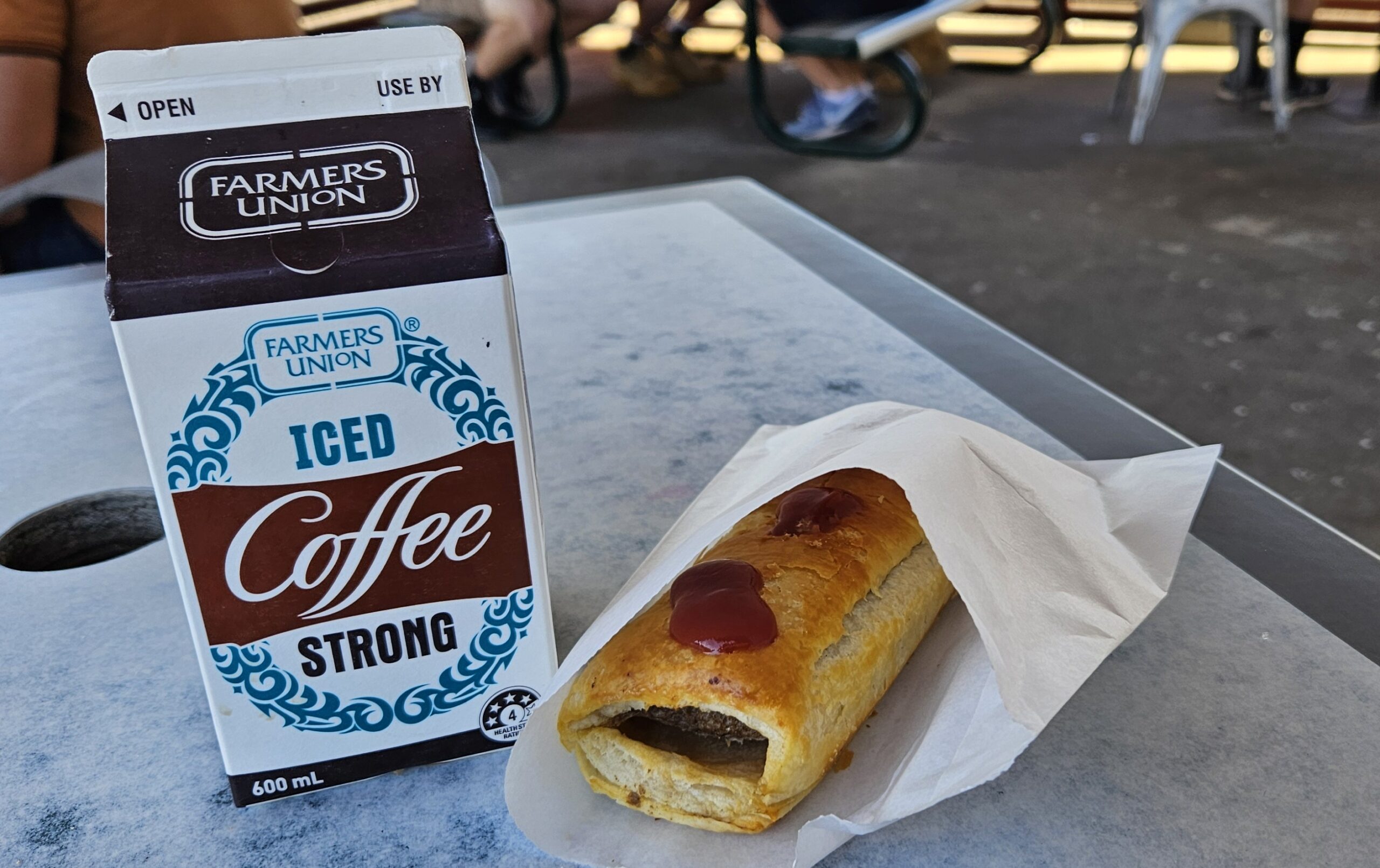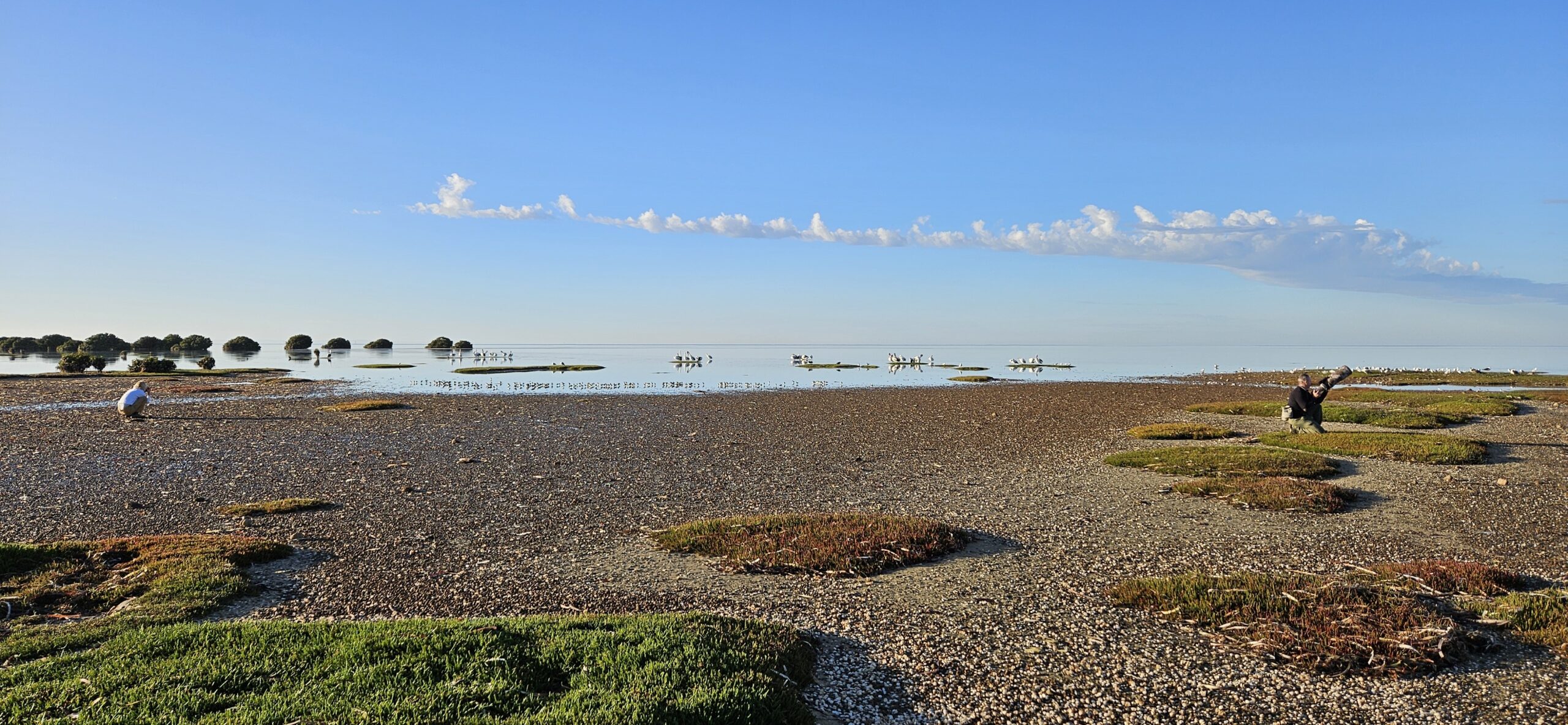Little Stints are remarkable, small, sweet calidris waders. Each one weighs about 21 grams but manages a migration of up to 12000km each way, every year. That’s tiny. And a long way. To put that small size into perspective, each bird weighs about the same as a Tim Tam, or 4 teaspoons of sugar, or the weight of the human soul (according to a flawed experiment from 1907). Or even, for the cycling weightweenies, about the difference in weight between Shimano 105 and Dura Ace pedals ($200 extra for the ever-so-slightly-lighter Dura Ace version that is functionally identical — I went the 105 route in case you were wondering).
They breed in the arctic tundra and migrate south to overwinter, some as far as South Africa. They are annual passage migrants through Farmoor Reservoir and I had seen them there in my Oxfordshire birding days (usually immature autumn birds). One year at Farmoor — that I think predated our move to Cumnor — was even known as the year of the Little Stint when 100s turned up. Likewise they are one of the two common migrant and over-wintering stints in UAE (along with Temminck’s) and so I had seen loads of them both in the 00s and also very recently.
Just occasionally, one will go astray and end up migrating down the eastern flyway with close cousins Red-necked Stints, ending up not in Africa or India, but in SE Asia or even making it all the way to Australia. They are very rare in South Australia, but not so rare in Australia overall that they didn’t make the list of prospects on my road to 700 species for Australia (since you ask, I am on 638, so still a way to go, but not so far that a trip to Iron Range would not put a very big dent in the quest). Now that I am living much of the time abroad I think it’s unlikely I’ll reach that figure before I turn 60, my original goal, but it’s still a milestone I consider when planning trips around this huge, amazing, and diverse land.
Just my luck that a Little Stint would turn up in SA while I was away.
Paul Taylor, regular wader watcher of the northern gulf of St Vincent, has found some crackers over the last few years, including Broad-billed Sandpipers, Little Curlew, Lesser Sand-plover (now Siberian S-p) and Australia’s first and only Western Sandpiper. His most recent great find — as you have no doubt guessed already from the intro — was a Little Stint, in February 2024, which he picked out from 1000s of very similar and only marginally bigger Red-necked Stints (weighing in at 27g) at Bald Hill Beach, his regular spot. Back in Feb it was advertising its difference by being the only summer-plumaged bird in the whole flock, but even so, a very impressive piece of birding to find and identify it. He put word out immediately and soon afterwards most of my SA birding buddies twitched it, finding it by scanning through the roosting birds at high tide looking for the one red bird in a sea of grey.
Meanwhile, I was in Abu Dhabi. I was working hard in the week and on the weekends birding both locally and a bit further afield in in the Middle East with trips to the east of coast of UAE and into Oman (blog posts to come), and I didn’t even think too much about the Bald Hill Little Stint and incrementing my Australian list. The way I have arranged my work and life for the first year with MBZUAI is that I will spend extended periods in Abu Dhabi with stints back in Australia, working remotely (see what I did there?!). The second of these trips was due early/mid March, and amazingly by the time I returned to SA, Paul was still seeing the Little Stint regularly at Bald Hill. I decided I would go for it, though I knew that now I would likely be searching on my own, and with many of the Red-necked Stints starting to acquire summer plumage, my search would be much more complicated.
It took three trips north, but eventually I connected. Just a few days after arriving back in Adelaide I used a free Sunday afternoon to head to Bald Hall to catch the evening high tide. The conditions were lovely and I felt confident, despite the race against the light and my domestically imposed deadline of being back for dinner. In amongst the large flock of Red-necked Stints and Red-capped plovers I immediately got onto two Double-banded Plovers, newly arrived from New Zealand, but my scans through the mobile groups of peeps were increasingly desperate and unrewarded. I checked each brighter, redder bird but could not turn any into a Little Stint. Then, as the light was fading and my promise to be home by dinner time looking increasingly unkeepable, I got onto a nicely coloured roosting bird. But analysis later that evening of my hastily grabbed photos showed this too, to be a Red-necked Stint, brighter than all the others present, but not right for Little. At least a Curlew Sandpiper posed nicely.

The second trip, for dawn on a weekday morning was blighted by high winds and spots of rain. Ninety Bar-tailed Godwits (very nice, and a larger number than I have seen here before) and a few Great Knots attracted the attention of another pair of birders, meaning I would once again be searching alone for the lone stint, the proverbial needle in a haystack. I dipped again.





But the trip was worthwhile overall as I found 100s of Pacific (Fork-tailed) Swifts bombing over the beach, driven down by the low cloud. Neither a lifer, nor a SA tick, but nice as a first “self-find”.


The next opportunity — my third attempt in the week — came early Saturday, with a low high tide. My bike was out of action with a broken rear wheel so I couldn’t do my usual Saturday morning ride with the Big Cogs. Instead, pre-dawn, I was once again heading north towards Port Wakefield. I arrived soon after dawn to discover there were already several (5-6) photographers on site, all hoping for quintessential images of the summer-plumaged Knots, Godwits and Stints in the golden morning light. Would they also be looking for the major rarity? I suspected not.
The tide was much lower than the previous days, not a breath of wind and the still water blended almost perfectly into the pale sky. The larger waders huddled further away, legs in the water, while hundreds of smaller ones shuttled along the water’s edge, through small islands of samphire and over the glistening sea grass. I almost regretted being on a a twitch, having to concentrate on scanning through as many Red-necked Stints as possible instead of using the perfect conditions for insta-images and my “Local Birding” Facebook album.



Successive dips on this bird had dented my confidence, but I knew the only way to find it was to do what I had done each time — so far unsuccessfully — and scan though all of the smaller waders as carefully but as quickly as possible. After just a few minutes I spied a bird that seemed quite bright, even by the standards of the more coloured Red-necked Stints. Could this be it? I crept forward, careful to keep my profile below the horizon, then scanned again, relieved to re-find it fairly quickly. The field marks seemed to check out. It was bit smaller, rufous edges to the coverts and tertials, and seemed to have a white throat, unlike the more colourful Red-necks that were all acquiring rufous in that area. I dared to creep forward again then prostrated myself on a comfortable bed of some samphire, hopeful of a reasonable record photo. I heard a voice behind me say, “Yes, that’s it” and start to run through the various identification features that I’d been checking myself. “Have you got it, Ian?”. I realised it was Paul Taylor himself, and was grateful for his validation of my initial diagnosis.




Had there been no others there I would have tried to approach closer for better photos — the smaller waders are much more tolerant of people — but the presence of several photographers who would have been royally pissed off had I flushed the flock kept me in my spot until I retreated and chatted to Paul a bit. The more we watched it, the easier I found it was to pick out and I was able to get a few others onto it.
Mission accomplished, I decided to leave earlier than planned and bank a few brownie points — I’d be back in Adelaide at about the time I would have arrived home after my usual ride to Semaphore. I even had time for a celebratory sausage roll and iced coffee in Port Wakefield before the drive home. My six week stint back in Adelaide had unexpectedly ticked over my Australian list.


